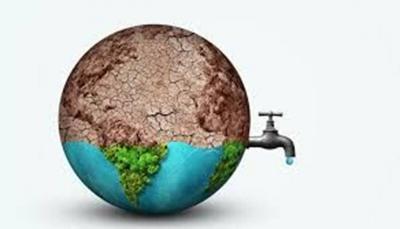A report on the World Water Development for the year 2024, issued by UNESCO on behalf of the United Nations Water Resources Committee, concludes that tensions over water are exacerbating conflicts around the world. According to the report, 2.2 billion people currently live without access to safely managed drinking water, and 3.5 billion lack safely managed sanitation services. Thus, the United Nations' goal of ensuring access for everyone by 2030 remains far from achievable, and there is cause for concern that these inequalities will continue to widen.
The report indicates that between 2002 and 2021, drought affected over 1.4 billion people. As of 2022, nearly half of the world's population experienced severe water scarcity for at least part of the year, while a quarter faced "extremely high" levels of water stress, using more than 80% of their annual renewable freshwater supplies. Climate change is expected to increase the frequency and intensity of these phenomena, posing significant risks to social stability.
Data from the World Resources Institute (WRI) show that 25 countries are currently experiencing extremely high annual water stress, meaning they use over 80% of their renewable water supplies for irrigation, livestock, industry, and domestic needs. Even short-term droughts expose these areas to the risk of water shortages, sometimes leading governments to shut off taps. According to WRI data, the five countries most affected by water stress are Bahrain, Cyprus, Kuwait, Lebanon, and Oman. Water stress in these countries is largely attributed to low supply coupled with demand from domestic, agricultural, and industrial usage.
The regions most suffering from water stress are the Middle East and North Africa, where 83% of the population experiences extremely high water stress, and South Asia, where 74% are affected. Forecasts indicate that by 2050, an additional billion people are expected to live under extremely high water stress, even if the world limits global temperature rise to between 1.3 degrees Celsius and 2.4 degrees Celsius (2.3 degrees Fahrenheit to 4.3 degrees Fahrenheit) by 2100, which is an optimistic scenario.
The report adds that global demand for water is expected to increase by 20% to 25% by 2050. For the Middle East and North Africa, this means that 100% of the population will live under extremely high water stress by 2050. This issue poses a threat not only to consumers and industries dependent on water but also to political stability. In Iran, for example, decades of mismanagement and unsustainable water use for agriculture have already led to protests — tensions that will intensify as water stress worsens.




